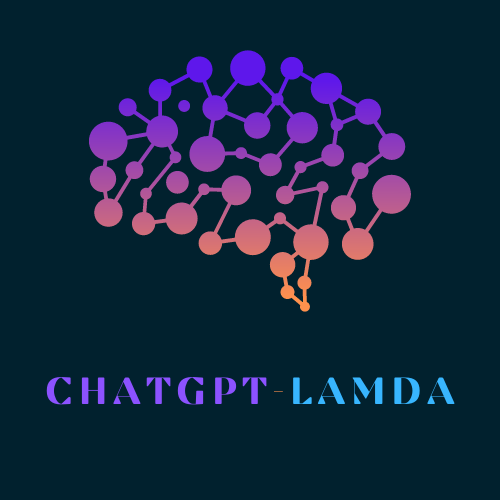OpenAI’s MuseNet is a pioneering leap into the blend of artificial intelligence and music, creating a new horizon for musical composition. This advanced AI technology opens doors to endless possibilities in music creation, offering fresh perspectives on what machines can achieve in the realm of art. As we explore MuseNet’s capabilities, its impact on various sectors such as education, entertainment, and beyond becomes evident. The following article delves into how MuseNet is not just changing the way we create music but also enhancing our interaction with it.
Understanding MuseNet
OpenAI Introduces MuseNet: The Revolutionary Music-Generating AI
In the rapidly evolving field of artificial intelligence, OpenAI’s MuseNet stands out as a groundbreaking development. MuseNet is a sophisticated deep neural network designed to create musical compositions that span a vast range of instruments and genres. At its core, MuseNet’s technology is reshaping our understanding of how AI can contribute to the creative arts.
OpenAI, a leading research organization in AI, ventured into uncharted territory with the development of MuseNet. This neural network is not merely a technological experiment; it represents a significant step forward in the fusion of AI and music. MuseNet operates by drawing from a comprehensive dataset of MIDI files. MIDI, which stands for Musical Instrument Digital Interface, is a technical standard that allows electronic musical instruments, computers, and other equipment to communicate and synchronize with each other.
The prowess of MuseNet lies in its ability to understand and predict musical patterns. Through exposure to thousands of MIDI file examples encompassing everything from classical masterpieces to contemporary pop hits, MuseNet learns the intricate relationships between notes, rhythms, and instruments. This extensive training phase equips MuseNet with the knowledge it requires to generate music that resonates with human listeners.
One of the distinguishing aspects of MuseNet is its diversity in musical production. Whether it’s generating a symphony that mirrors the complexities of Bach or crafting a pulsating beat in the style of The Weeknd, MuseNet navigates through genres with an impressive level of fluency. This adaptability is part of what makes MuseNet not just a technological marvel but a versatile tool for music creation.
In practical terms, MuseNet deciphers the underlying patterns of the music it has been trained on and utilizes this understanding to compose entirely new pieces of music. It does this through a process known as deep learning, whereby the AI makes predictions about which note, or series of notes, should logically follow a given sequence based on its training. The resulting compositions are not mere replications of existing works but original pieces that reflect the depth and breadth of MuseNet’s musical education.
However, MuseNet does not operate in isolation when it comes to actual music production. The final output, while impressive, often requires fine-tuning and arrangement by human musicians to fully realize its potential. This collaborative between human creativity and artificial intelligence underscores the complementary nature of the relationship between AI and the arts.
In summary, OpenAI’s MuseNet represents a significant leap forward in the realm of AI-generated music. Through its advanced neural network trained on a diverse dataset of MIDI files, MuseNet can compose music across a wide array of genres and styles. Its capacity to understand and predict musical patterns demonstrates not only the technical achievements of AI but also hints at new avenues for creative expression. As the field of artificial intelligence continues to evolve, projects like MuseNet provoke intriguing questions about the future of music, creativity, and AI’s role in the arts.
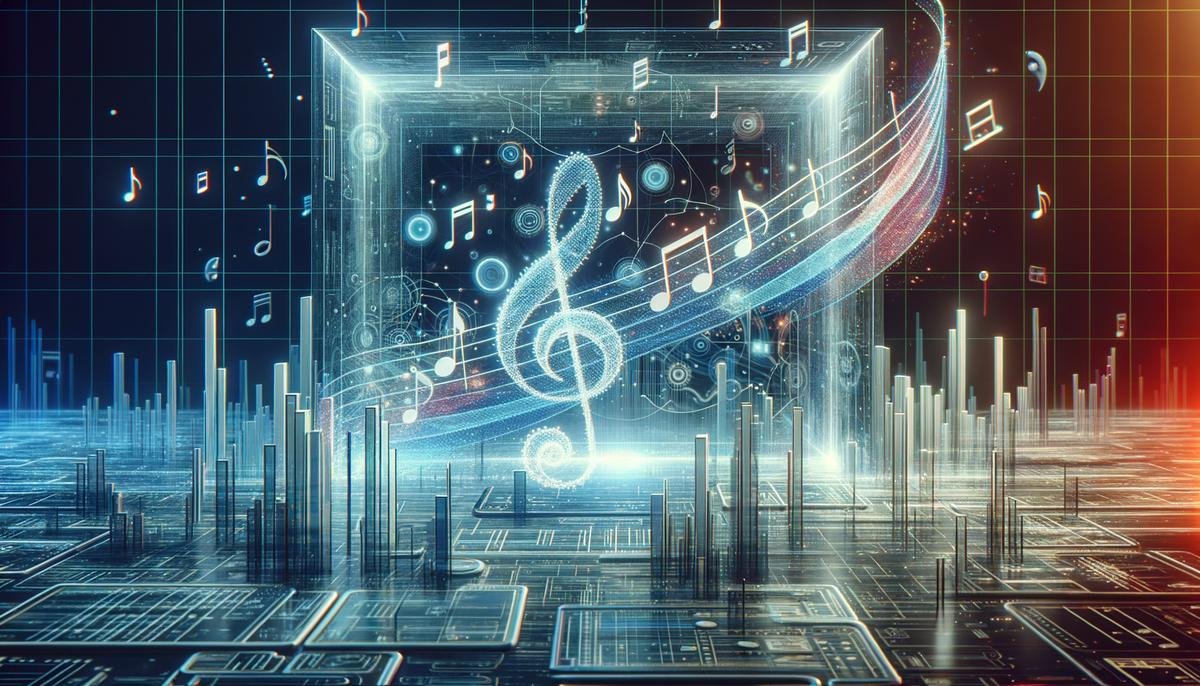
The Technology Behind MuseNet
MuseNet’s core is built around a sophisticated neural network model known as Transformer. This type of model, first introduced in the field of natural language processing, has proven itself remarkably effective in understanding and generating texts. However, MuseNet adapts the Transformer’s capabilities to music, treating notes and rhythms much like a human brain treats words and sentences – learning patterns, styles, and even emotions conveyed through musical compositions.
The architecture of MuseNet incorporates layers of attention mechanisms, a fundamental feature of the Transformer model. These layers enable the AI to focus on different parts of a musical piece at various stages of composition, akin to how a composer may emphasize different instruments or melodies throughout a song. This attention to detail allows MuseNet to generate music with coherence and depth that few other AI systems can match.
For training its neural network, MuseNet ingests a vast array of music pieces in MIDI format. MIDI files are crucial here because they provide precise information about notes, timings, and instruments, without the distractions of lyrics or the nuances of human voice. This data, ranging from classical to contemporary genres, serves as the educational material from which MuseNet learns musical grammar and structure.
The training process involves presenting the neural network with chunks of musical data followed by predictions it makes about what music would logically follow. Each correct prediction strengthens the AI’s ability to anticipate musical patterns, essentially teaching it the ‘common sense’ of music composition. It’s a laborious process, requiring significant computing power and time, but the result is an AI capable of creating complex, multifaceted music that can span minutes or even hours.
One of the unique features distinguishing MuseNet from other AI music generators is its ability to seamlessly blend different musical styles. For instance, it can start a piece in the style of Mozart and then transition into a jazz improvisation, all while maintaining musical coherence. This capability is not common among music-generating AIs, which often specialize in one genre or style.
Input into MuseNet doesn’t require users to have deep musical knowledge. They can select a musical style or combination of styles and set parameters such as length of the piece. MuseNet then does the rest, generating music based on its training but without copying any existing piece, ensuring that each creation is original.
Through these technical foundations and processes, MuseNet isn’t just a tool for creating background music or novelty songs. It represents a significant leap in the application of deep learning to music, offering new ways for human artists to explore from a vast digital canvas of ideas and inspirations. Indeed, MuseNet unveils a fascinating chapter in the synergy between artificial intelligence and human creativity in music.
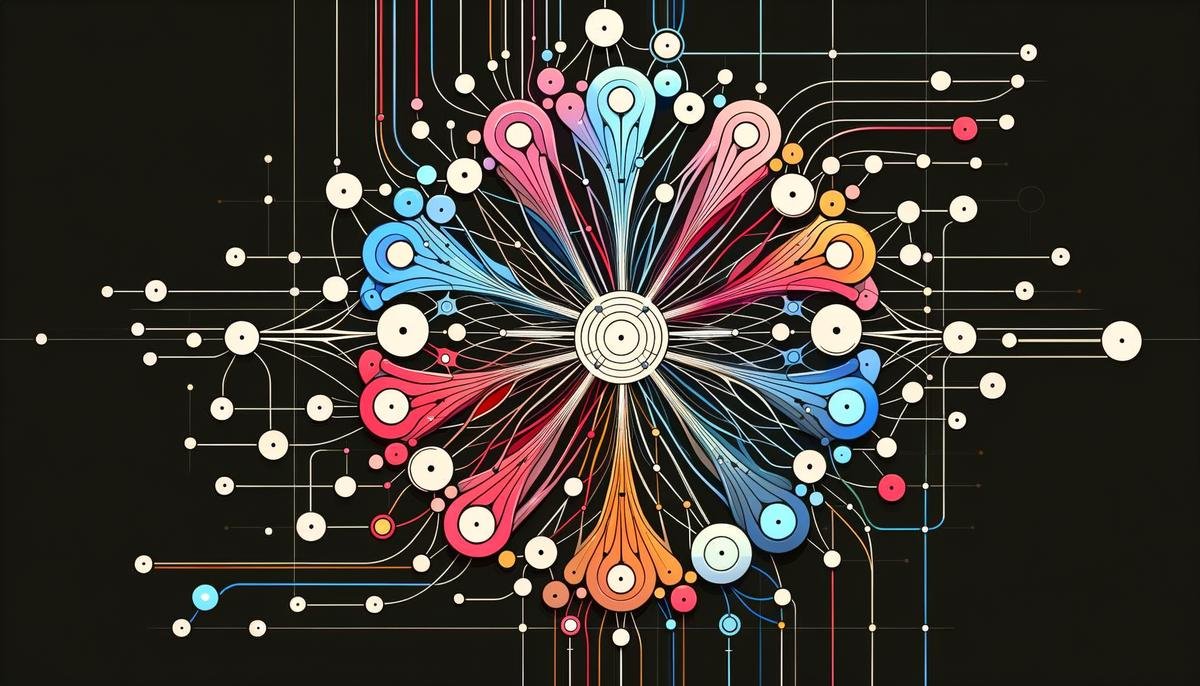
MuseNet’s Musical Capabilities
Continuing our exploration into MuseNet’s capabilities, let’s delve into the types of music this innovative AI can create. MuseNet isn’t just about generating melodies; it’s about crafting entire musical compositions that span a wide variety of genres, use a broad spectrum of instruments, and exhibit varying levels of complexity. This diversity demonstrates not just the breadth of MuseNet’s training but also its ability to push the boundaries of what we traditionally expect from music generation technology.
When discussing genres, MuseNet is impressively versatile. From classical to pop, from jazz to film scores, and from rock to electronic music, MuseNet has the capability to generate compositions that not only echo the characteristics of these genres but do so with a degree of authenticity that can be surprising. For example, if given a prompt in the style of Mozart, MuseNet can produce a piece that captures the essence of classical music with its intricate harmonies and structures. Similarly, when tasked with crafting a rock piece, MuseNet can shift gears and create music that embodies the energy and rhythms typical of that genre.
Instrumentation is another area where MuseNet displays its range. It can utilize the MIDI representations of a wide array of instruments, from the resonant strings of a violin to the bold tones of brass instruments to the rhythmic driving force of drums. This ability allows MuseNet to compose music that not only fits within specific genres but also emulates the nuanced timbres and textures different instruments bring to a piece.
Complexity in composition is where MuseNet truly showcases its advanced capabilities. It can produce simple melodies that are catchy and straightforward, as well as intricate pieces that feature complex layering, dynamic arrangements, and sophisticated harmonic progressions. This range in complexity makes MuseNet an exciting tool for both listeners and composers. For listeners, it opens up a new world of music that spans the simple to the complex, offering something for everyone’s tastes. For composers and musicians, MuseNet serves as a source of inspiration, demonstrating how AI can craft compositions that might stimulate new ideas or provide a fresh perspective on musical creation.
Examples of MuseNet’s work highlight its proficiency and versatility. There have been instances where MuseNet compositions have been indistinguishable from those created by humans, showcasing its ability to generate not just technically accurate but also emotionally resonant music. While specific titles or pieces aren’t named here, numerous demonstrations and samples available online exhibit MuseNet’s range, from somber piano solos that evoke a sense of introspection to lively orchestral pieces that seem tailor-made for adventure and exploration.
The factors influencing MuseNet’s performance include its extensive training on a diverse dataset of MIDI files, the sophistication of its Transformer neural network model, and its layers of attention mechanisms that carefully process and predict musical patterns. These technical underpinnings are what enable MuseNet to be so diverse in its musical output.
In conclusion, MuseNet’s capability to create a wide array of musical genres, utilize various instruments, and generate compositions with varying levels of complexity showcases the potential of AI in transforming musical creativity. As MuseNet continues to evolve, it will undoubtedly enrich the landscape of music production, offering new avenues for experimentation and expression.
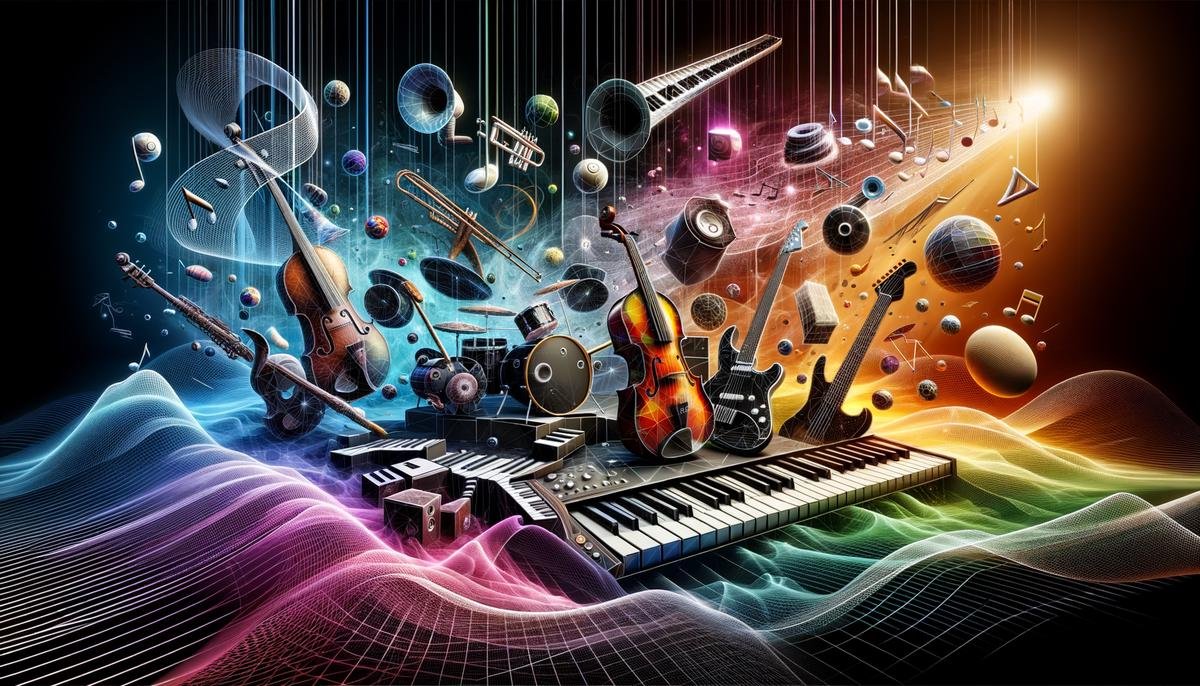
Applications of MuseNet
Exploring MuseNet’s Applications in the Music Industry: Beyond Composition and Creation
MuseNet, powered by advanced artificial intelligence, transcends traditional boundaries of music composition, offering a plethora of practical uses within the music industry and beyond. From composing melodies that stir the soul to generating intricate soundtracks for games and films, its scope is constantly expanding. This piece delves into the far-reaching applications of MuseNet, highlighting how this revolutionary tool is reshaping the landscape of music production, education, and live performances.
Soundtrack Generation for Games and Films
The ability of MuseNet to produce diverse musical styles finds a natural application in creating soundtracks for the gaming and film industries. For game developers and filmmakers, customized music enhances the narrative, setting a tone that deeply immerses audiences in their fictional worlds. MuseNet, with its knack for generating complex compositions, offers an efficient solution — crafting soundscapes that align with the thematic elements of stories or gaming levels without the logistical demands of hiring composers and musicians.
Educational Tool in Music Learning
In educational contexts, MuseNet emerges as a potent tool for teaching music theory and composition. Students can interact with the AI, experimenting with different musical styles, instruments, and arrangements to see immediate results. This direct feedback loop is invaluable, making the abstract concepts of music composition tangible and understandable. Beyond mere theory, MuseNet enables students to explore their musical creativity, encouraging experimentation in ways traditional methods might not.
Experimental Music Projects
The innovative potential of MuseNet shines in the realm of experimental music. Artists and composers are using this AI to explore new territories in sound, crafting pieces that might be challenging or impossible to conceive through conventional means. This exploration not only opens up new audio experiences for listeners but also pushes the boundaries of what is considered music. With MuseNet, the barriers between genres blur, fostering an artistic landscape ripe for innovation and novel expressions of sound.
Personalization and Music Production
One of the most promising aspects of MuseNet is its potential for personalization in music production. Producers can fine-tune inputs based on specific projects or artistic visions, guiding MuseNet to output compositions that closely match their criteria. This customization capability means producers can more efficiently achieve the exact sound they’re after, whether it’s a unique blend of genres or specific instrumental arrangements. As MuseNet continues to evolve, its precision and understanding of nuanced musical preferences are expected to enhance, promising even greater personalization.
Live Performance Integration
Equally exciting is MuseNet’s application in live performances. Imagine attending a concert where AI-generated music responds in real-time to the emotions and energy of the audience. MuseNet could be integrated with sensory inputs, adjusting musical output based on the reaction it perceives, creating an interactive and immersive live music experience unlike any other. Current technological trends suggest this scenario isn’t far-flung fantasy but a glimpse into the near future of live entertainment.
In conclusion, MuseNet’s contributions to the music industry encapsulate more than just composition aid; it heralds a new era of musical exploration and innovation. From enriching game and film soundtracks with tailored compositions to revolutionizing music education and live performances, MuseNet is leading the charge toward a more interactive, personalized, and boundless musical world. As we continue to uncover its potential applications, one thing remains clear: MuseNet is not just shaping the future of music—it’s actively creating it, one note at a time.
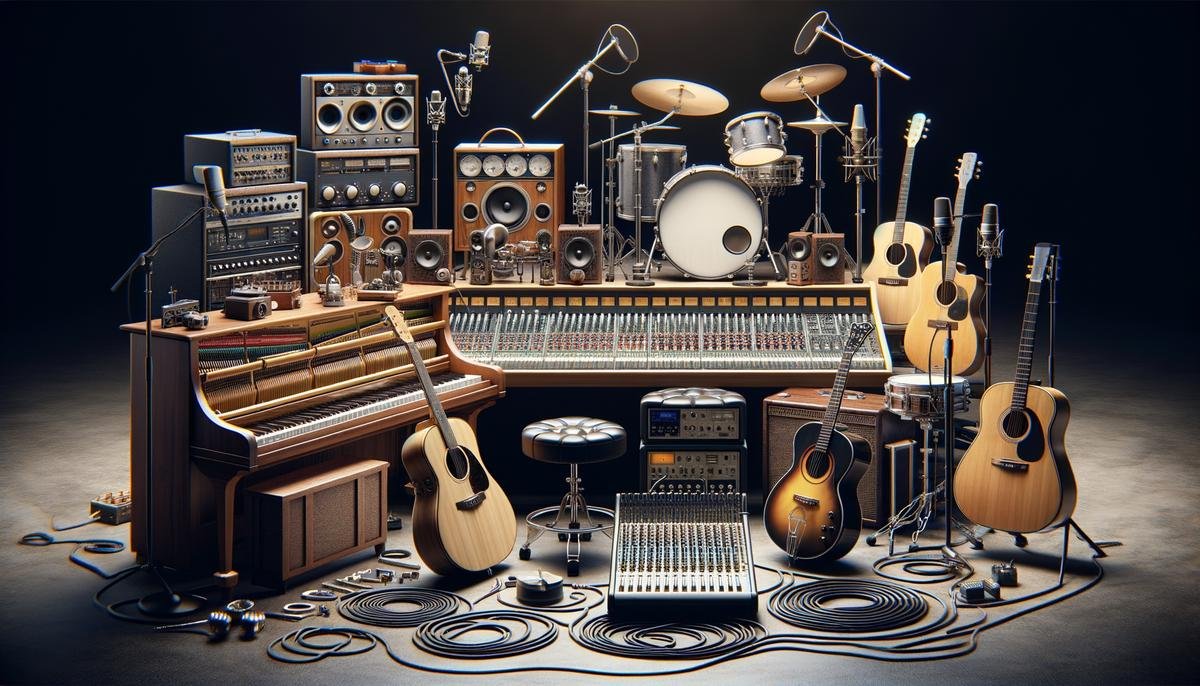
Challenges and Limitations
Amidst the growing interest in artificial intelligence’s (AI) role in music creation, MuseNet has emerged as a notable tool capable of generating novel musical pieces across various genres. However, despite its innovative approach, MuseNet faces several challenges and limitations that impact its potential and widespread adoption.
Copyright Issues
A significant hurdle encountered is the intricate world of copyright laws. As MuseNet learns from existing music to create new compositions, questions arise about the originality of the music it produces. The legal landscape is not fully prepared to tackle AI-generated content, leading to uncertainties around copyright infringement and the rights to the music MuseNet composes. These issues spotlight the need for a legal framework that accommodates AI contributions while respecting and protecting existing copyrights.
Authenticity and Originality
While MuseNet has demonstrated the ability to mimic various musical styles, skeptics question the authenticity and originality of its output. Critics argue that compositions generated by AI lack the emotional depth and intention traditionally associated with human-created music, potentially making AI-composed music feel hollow or less meaningful to some listeners.
Technical Limitations
Another area of concern is the technical limitations inherent to MuseNet and similar AI music generation tools. While it is proficient in pattern recognition and prediction, there’s still a gap in understanding the nuanced emotional expressions and historical context that human composers bring to their work. These limitations can render MuseNet’s compositions technically competent yet lacking in the emotional subtleties that elevate music from good to great.
Ethical Considerations in Replacing Human Composers
The prospect of AI tools like MuseNet taking over roles traditionally filled by human musicians sparks an ethical debate. Concerns revolve around diminishing the value attributed to human creativity and possibly reducing opportunities for composers and musicians. There’s an ongoing conversation on balancing AI’s contributions to music with safeguarding the significance and livelihood of human artists.
While MuseNet presents an intriguing exploration into the capabilities of AI in music production, acknowledging and addressing these challenges is crucial for its evolution. As AI technology continues to progress, the dialogues around copyright issues, authenticity, technical constraints, and ethical considerations will play a pivotal role in shaping the future landscape of AI-generated music.

The Future of AI-Generated Music
Looking beyond the innovative breakthroughs of MuseNet and similar AI technologies in music composition, there’s a riveting landscape of possibilities shaping the future of AI-generated music. As technology progresses, we’re poised to witness an evolution in how music is composed, produced, and experienced. This trajectory is not just about advancements in technology but also about the emerging applications and the dynamic interplay between AI systems and human artists.
One intriguing aspect to consider is the progressive enhancement of AI’s computational power and learning algorithms. Current achievements, impressive as they may be, represent only the infancy of AI-generated music. The continuous refinement of algorithms promises more nuanced and emotionally resonant compositions. As CPUs become more powerful and neural networks more sophisticated, AI will be able to analyze and process a broader spectrum of musical elements. This could lead to compositions with unprecedented diversity and complexity, rivaling or even surpassing human capabilities in certain aspects.
The horizon also reveals potential new applications for AI in music. Imagine dynamic soundtracks that adjust real-time to the emotional cues of listeners, or live performances where AI systems improvise in tandem with human musicians, creating a unique fusion of talents. The implications for music therapy are profound, with personalized compositions designed to heal, motivate, or calm being generated on demand.
Another consequential development is the expanding role of AI in music education. Tools like MuseNet can serve as virtual tutors or composition assistants, offering feedback and suggestions, thus democratizing music creation. Students might converse with AI systems to explore music theory or simulate playing in an orchestra, making learning more accessible and engaging.
Perhaps the most thought-provoking potential lies in the evolving partnership between AI and human musicians. Rather than viewing AI as a competitor, it could be seen as a collaborator that brings new textures and sounds into the creative arsenal of musicians. This partnership could redefine the boundaries of creativity, enabling artists to explore realms beyond their traditional capabilities.
However, the intertwining of AI in music composition also beckons critical inquiries into the essence of creativity. As AI systems like MuseNet become more autonomous in creating complex compositions, it prompts a reassessment of what it means to be creative. Can a piece of music stirred from algorithms elicit the same emotional response as one born from human experience? This question will echo louder as AI’s role in music grows.
The integration of advanced technologies like generative adversarial networks (GANs) could further shape the future. By pitting two AI systems against each other – one creating music and the other evaluating it – the quality and originality of AI-generated compositions could leap dramatically, offering music that continually evolves.
This onward journey of AI in music is not without its challenges and controversies, from copyright dilemmas to ethical debates around replacing human composers in certain settings. Yet, these discussions will only serve to deepen our understanding and relationship with music in the AI era.
Conclusively, as we peer into the crystal ball at the future of AI in music composition, we are not just looking at a technological evolution but at a cultural revolution that might redefine our relationship with one of humanity’s oldest art forms. The symphony between AI and human creativity in music is still being written, and its melodies will resonate through the annals of innovation for decades to come.
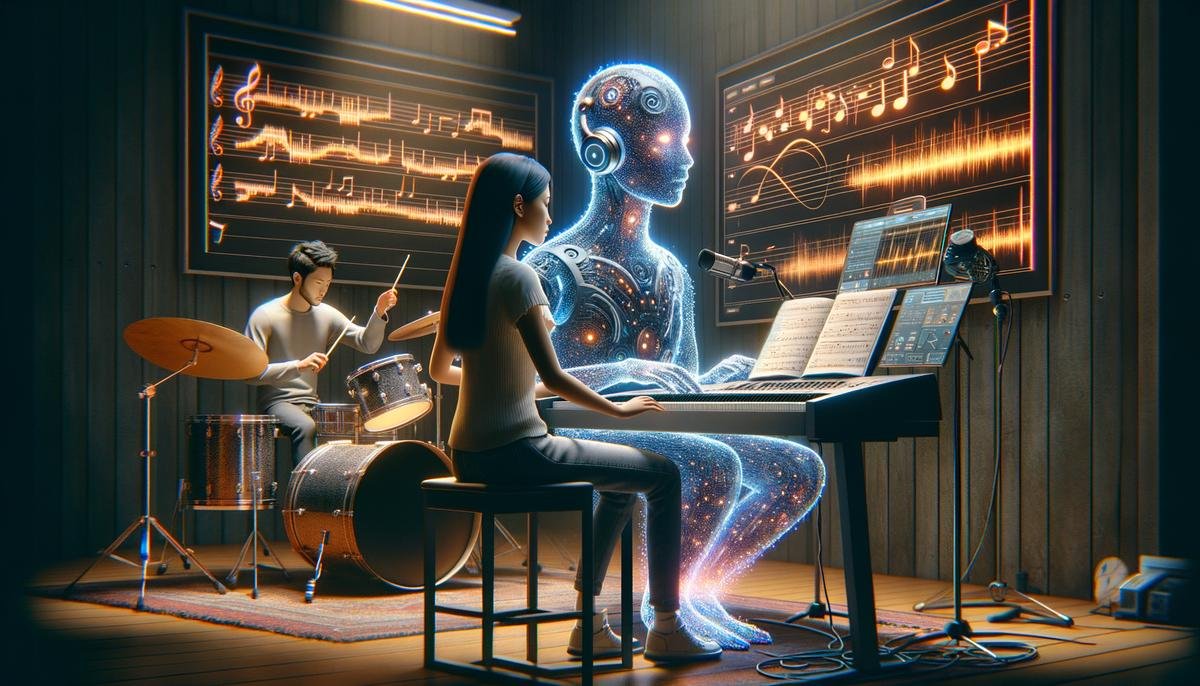
As we reflect on the transformative potential of MuseNet and similar AI technologies in music composition, it’s clear that we are standing at the threshold of a new era in creative expression. These advancements promise not only to enrich our musical landscape but also to challenge our perceptions of creativity and collaboration between humans and machines. By embracing these innovations, we open ourselves to a world where music transcends traditional boundaries, inviting us to experience its magic in entirely new ways.

